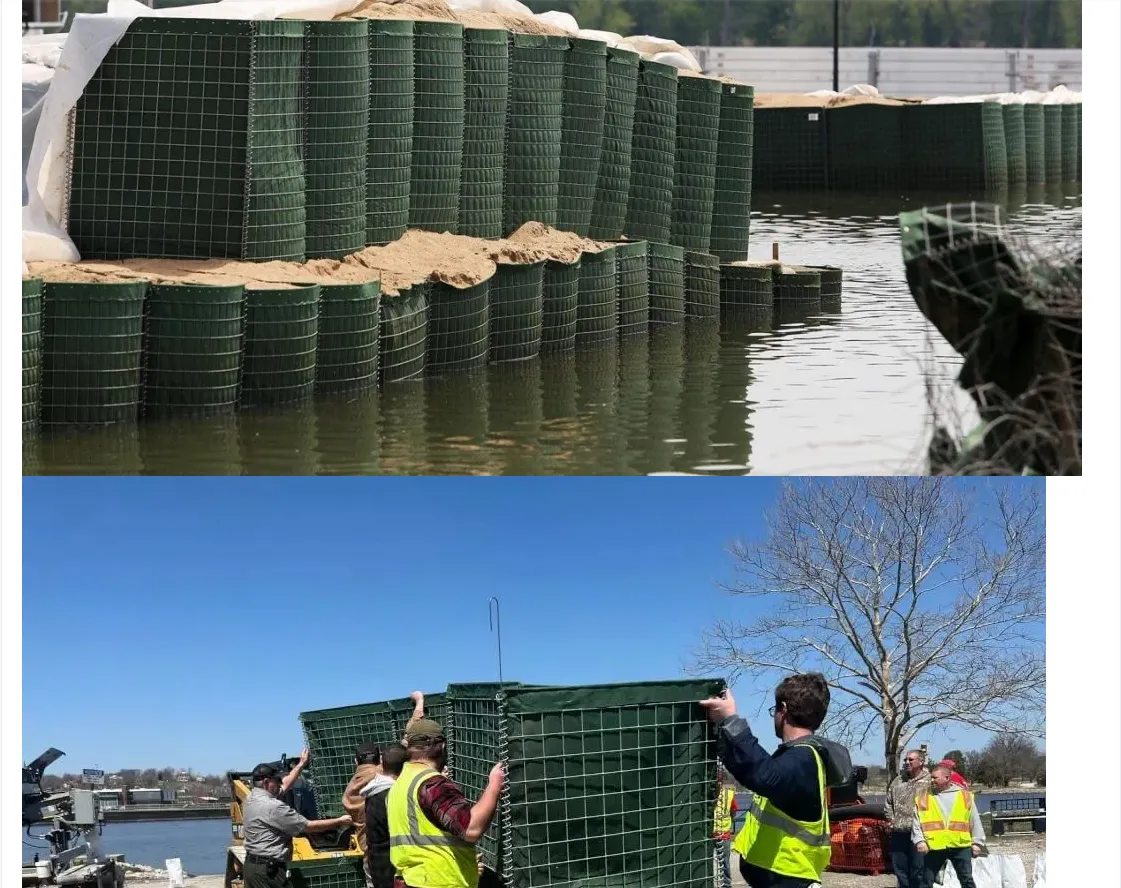Understanding Perforated Aluminum Sheet Prices
Perforated aluminum sheets are increasingly popular in various industries, known for their versatility, aesthetic appeal, and functional advantages. They come in various thicknesses, hole sizes, and patterns, making them suitable for a wide range of applications—from industrial use to decorative elements in architecture. However, many potential buyers find themselves asking what factors influence the price of perforated aluminum sheets?
Factors Influencing Prices
1. Material Thickness The thickness of the aluminum sheet is a primary determinant of its price. Generally, thicker sheets are more expensive due to the increased material costs and the complexity of the perforation process. For example, a standard thickness of 0.024 inches may be significantly cheaper than a thicker 0.125-inch sheet.
2. Perforation Pattern The design of the holes—size, shape, and arrangement—also impacts pricing. Complex patterns that require advanced machinery or longer production times are likely to be more expensive. Some manufacturers offer custom perforation designs which can further increase costs based on the specific requirements.
3. Quantity Ordering in bulk typically reduces the per-sheet price. Manufacturers may offer discounts for large orders, thus encouraging businesses to purchase larger quantities to maximize cost efficiency. Conversely, single-sheet orders may come with a premium, reflecting the fixed costs of production and handling.
4. Finish and Coatings The type of finish applied to the aluminum sheet can affect its price. Common finishes include mill finish, anodized, and painted. Anodizing provides a protective and aesthetically attractive layer, often raising costs compared to untreated aluminum. Painted finishes, especially those with custom colors or textures, also contribute to higher prices.
perforated aluminum sheet price

5. Logistics and Shipping The geographical location of the manufacturer can affect pricing, particularly regarding shipping costs. For example, buying from a local supplier may save on transportation costs, while international orders could incur substantial shipping fees. Additionally, costs may increase if the sheets are to be delivered urgently.
6. Market Demand Like any commodity, the price can fluctuate based on market demand. If there is a surge in demand for perforated aluminum sheets—perhaps due to a construction boom—prices may rise accordingly. Similarly, during periods of economic downturn, suppliers may reduce prices to stimulate sales.
7. Supplier Reputation and Quality Reputable manufacturers who use high-quality materials and maintain stringent quality control standards may charge higher prices compared to lesser-known brands. It is crucial for buyers to balance cost with quality, as investing in a superior product can lead to lower long-term maintenance costs and improved performance.
Average Price Range
While specific prices can vary widely based on the aforementioned factors, perforated aluminum sheets typically range from $1.50 to $10.00 per square foot. Basic sheets with simple hole patterns may fall at the lower end of the spectrum, while custom designs and thicker gauges can push prices higher. It's also essential to factor in additional costs, such as shipping and handling, when budgeting for a purchase.
Conclusion
In summary, purchasing perforated aluminum sheets requires careful consideration of various factors that influence pricing. Prospective buyers should evaluate their specific needs against the backdrop of thickness, pattern, finish, quantity, and supplier options. By understanding these variables, businesses and individuals can make more informed decisions and secure the best possible deals on perforated aluminum sheet products. Ultimately, this will ensure that investments align with both budgetary constraints and project requirements, leading to successful applications in numerous sectors.
-
Why Galvanized Trench Cover Steel Grating Resists Corrosion
NewsJul.10,2025
-
The Versatility and Strength of Stainless Expanded Metal Mesh
NewsJul.10,2025
-
Load Calculations in Steel Grating Platforms
NewsJul.10,2025
-
Keeping Pets and Kids Safe with Chicken Wire Deck Railing
NewsJul.10,2025
-
Hole Diameter and Pitch for Round Perforated Metal Sheets
NewsJul.10,2025
-
Aluminium Diamond Mesh in Modern Architecture
NewsJul.10,2025
Subscribe now!
Stay up to date with the latest on Fry Steeland industry news.

